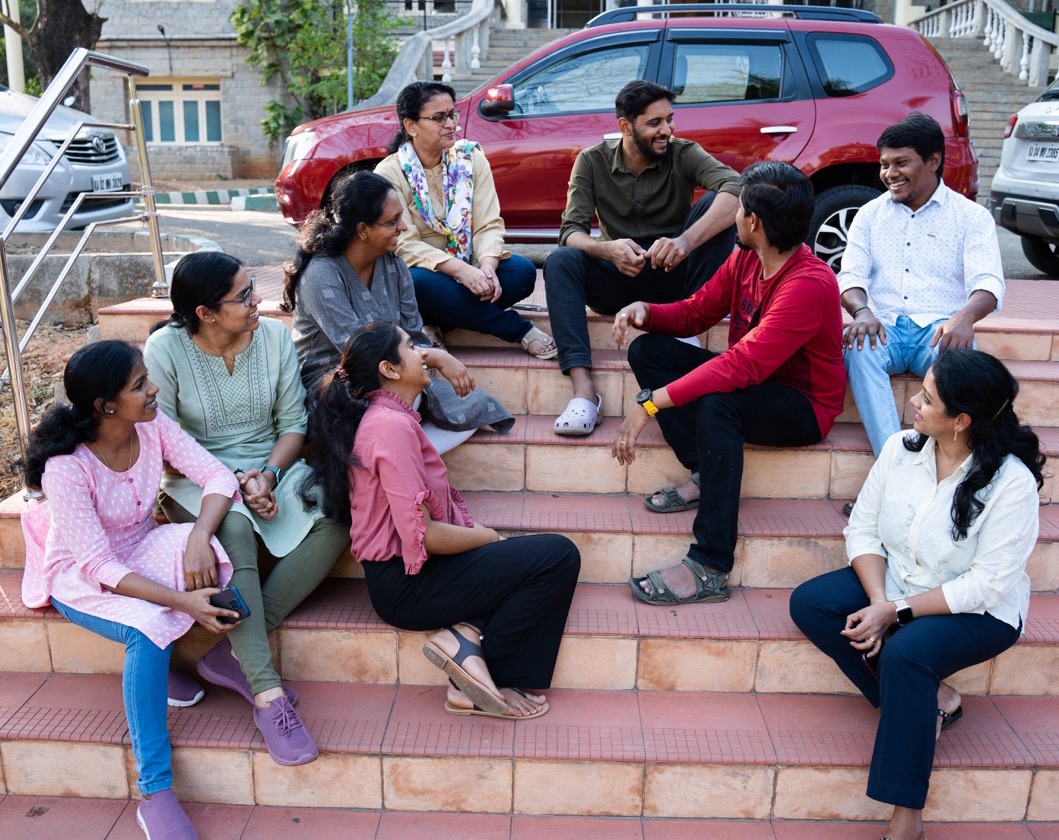Explore Strand’s
Publications
American Journal of Medical Genetics
Nov 2020
Lethal Cenani Lenz syndrome in two consecutive pregnancies: Further extension of phenotype from Maldives
Cenani Lenz syndrome is a rare autosomal recessive disorder associated with variable degree of limb malformations, dysmorphism, and renal agenesis. It is caused due to pathogenic variants in the LRP4 gene, which plays an important role in limb and renal development.
Epilepsy Research
Oct 2020
Genotype-phenotype correlates of infantile-onset developmental & epileptic encephalopathy syndromes in South India: A single centre experience
A paucity of literature exists on genotype- phenotype correlates of 'unknown-etiology' infantile-onset developmental-epileptic encephalopathies (DEE) from India. The primary objective was to explore the yield of genetic testing in identifying potential disease causing variants in electro-clinical phenotypes of DEE METHODS.
JCO Global Oncology
Jul 2020
Genetic Counseling, Testing, and Management of HBOC in India: An Expert Consensus Document from Indian Society of Medical and Pediatric Oncology
Hereditary breast and ovarian cancer (HBOC) syndrome is primarily characterized by mutations in the BRCA1/2 genes. There are several barriers to the implementation of genetic testing and counseling in India that may affect clinical decisions. These consensus recommendations were therefore convened as a collaborative effort to improve testing and management of HBOC in India.
Annals of indian Academy of Neurology
Jul 2020
Synaptic Nuclear Envelope Protein 1 (SYNE 1) Ataxia with Amyotrophic Lateral Sclerosis-like Presentation: A Novel Synaptic Nuclear Envelope Protein 1 (SYNE 1) Gene Deletion Mutation from India
A 24-year-old female presented with wasting and weakness of both hands and fasciculations over the chin since 12 years, followed by imbalance while walking and speech changes since 10 years. Her 12-year-old sister also had a similar clinical presentation. There were fasciculations over the chin, tongue, hands, back, thighs with wasting and weakness in tongue, and C7, C8, T1 segments in both upper limbs along with bipyramidal signs.
Journal of Pediatric Genetics
Jun 2020
Identification of a Novel 19-bp Deletion Mutation in LTBP4 Using Exome Sequencing in Two Siblings with Autosomal Recessive Cutis Laxa Type 1C
Autosomal recessive type I cutis laxa is genetically heterogeneous. Biallelic mutations in latent transforming growth factor β-binding protein 4 (LTBP4; MIM*604710) lead to type 1C cutis laxa due to nonsense, frameshift, single base pair indels, or duplication mutations. In this report, we describe the first Indian family with cutis laxa as a result of a novel 19 base pair homozygous deletion leading to premature termination of short isoform LTBP-4S.
The Indian Journal of Pediatrics
May 2020
Lipoprotein Lipase Deficiency
Objectives: To analyse the clinical and molecular spectrum of Lipoprotein Lipase (LPL) deficiency and to highlight the effect of a cost-effective indigenous diet for management of this disorder. Methods: This is a single-centre retrospective study. Fifteen patients from 14 kindreds with severe hypertriglyceridemia (more than 1000 mg/dl) were evaluated for a period of 12.5 y at Amrita Institute of Medical Sciences, Kerala, India.
Journal of Proteomics
Feb 2020
Salivary proteins from dysplastic leukoplakia and oral squamous cell carcinoma and their potential for early detection
Dysplastic leukoplakia (LP) of the oral cavity is a potentially malignant condition for oral squamous cell carcinoma (OSCC), early detection of which remains an unmet clinical need. In an effort to develop non-invasive biomarker based method for early detection of the disease, differential proteomic profiling was carried out with the saliva from patients with risk habits and diagnosed with LP and those with lymph node negative and positive OSCC in comparison to healthy controls with risk habits.
Indian Journal of Surgical Oncology
Nov 2019
Development of a Low-cost NGS Test for the Evaluation of Thyroid Nodules
Ultrasound-guided fine needle aspiration cytology (FNAC) is the preferred method of identifying malignancy in palpable thyroid nodules using the Bethesda reporting system. However, in around 30-40% of FNACs (Bethesda categories III, IV, and V), the results are indeterminate and surgery is required to confirm malignancy. Out of those who undergo surgery, only 10-40% of patients in these categories are found to have malignancies, thus proving surgery to be unnecessary for some patients or to be incomplete in others.





